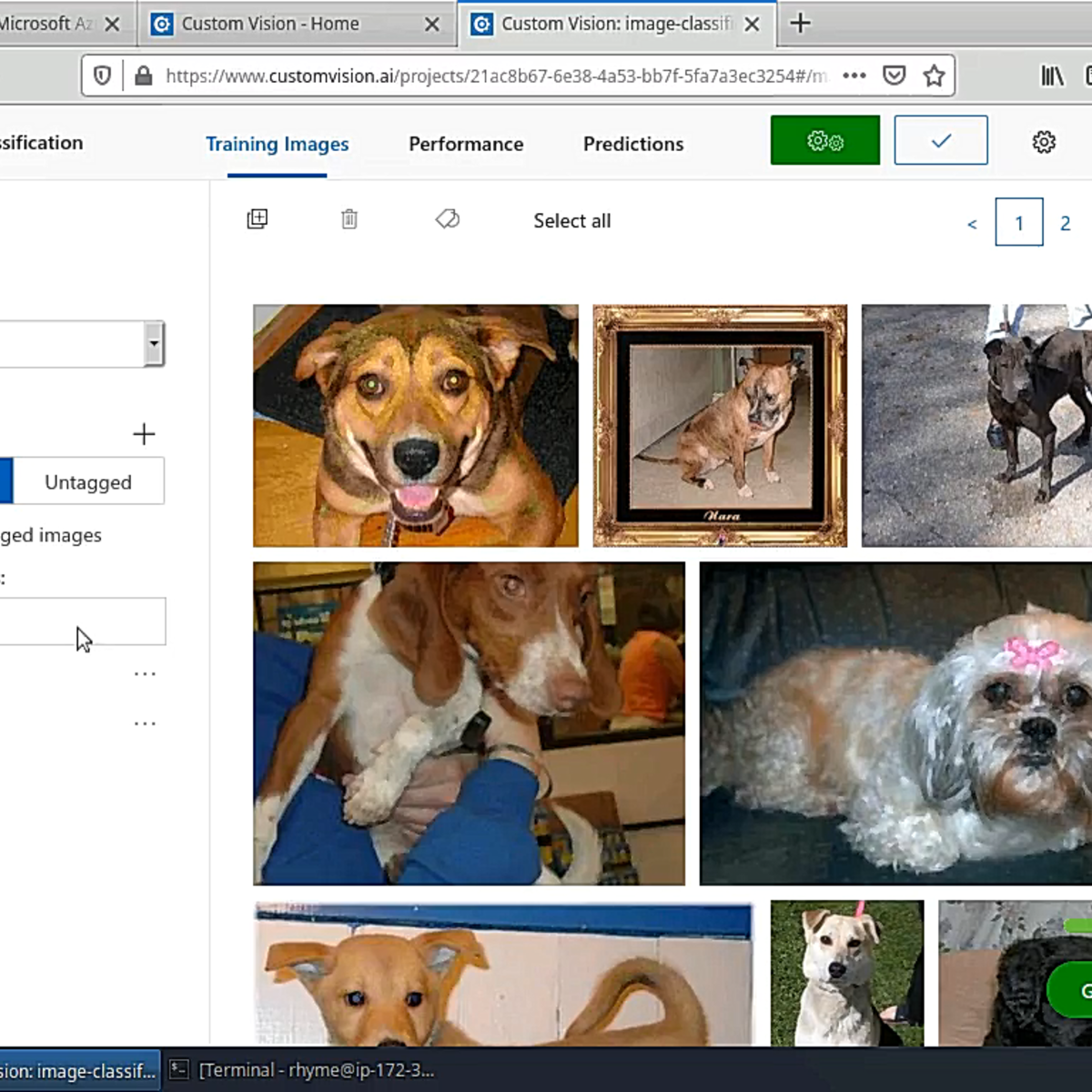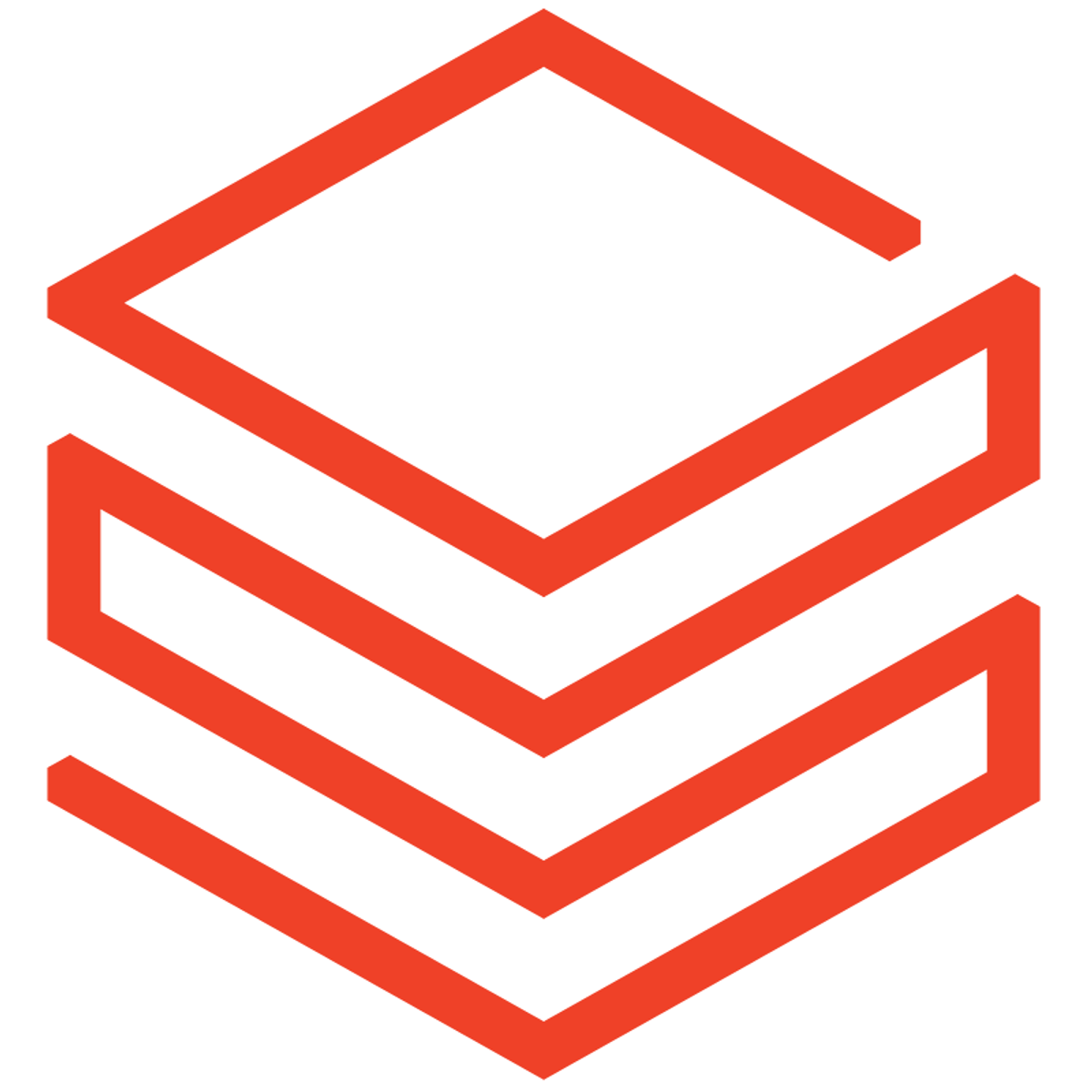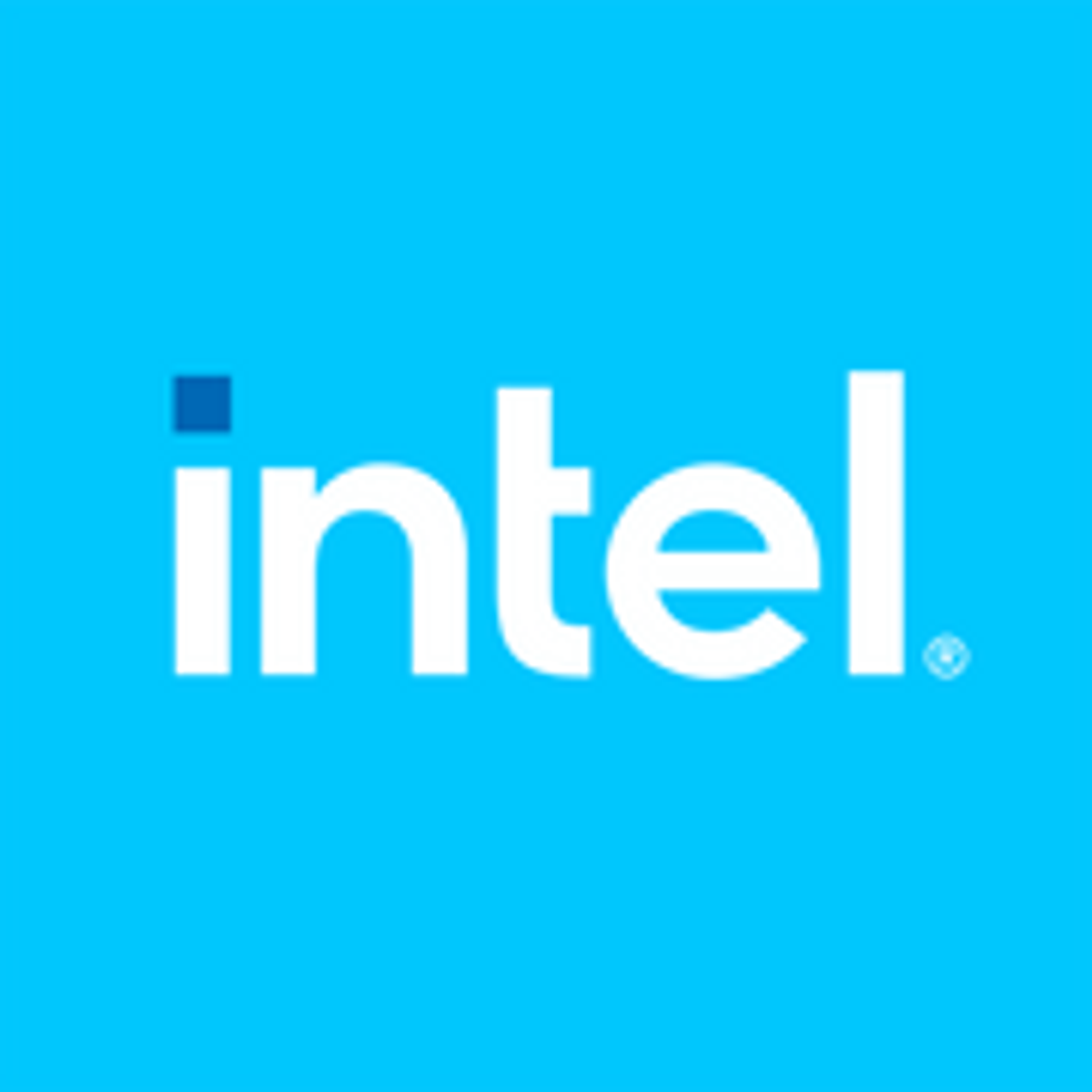Back to Courses









Machine Learning Courses - Page 7
Showing results 61-70 of 485

AutoML for Computer Vision with Microsoft Custom Vision
Welcome to this hands-on project on using Microsoft’s Custom Vision service for automated machine learning or AutoML as it’s popularly known. In this project, you are going to use Microsoft’s drag and drop tool to train your computer to recognize images of dogs and cats. We are going to do all of this without writing a single line of code! To take this guided-project, you do not need a background in computer science, machine learning or coding.
The only prerequisite for this project is that you have a Microsoft Azure account. If you don’t already have one, you will have to sign up for it.
Note: This course works best for learners who are based in the North America region. We’re currently working on providing the same experience in other regions.

Improving Deep Neural Networks: Hyperparameter Tuning, Regularization and Optimization
In the second course of the Deep Learning Specialization, you will open the deep learning black box to understand the processes that drive performance and generate good results systematically.
By the end, you will learn the best practices to train and develop test sets and analyze bias/variance for building deep learning applications; be able to use standard neural network techniques such as initialization, L2 and dropout regularization, hyperparameter tuning, batch normalization, and gradient checking; implement and apply a variety of optimization algorithms, such as mini-batch gradient descent, Momentum, RMSprop and Adam, and check for their convergence; and implement a neural network in TensorFlow.
The Deep Learning Specialization is our foundational program that will help you understand the capabilities, challenges, and consequences of deep learning and prepare you to participate in the development of leading-edge AI technology. It provides a pathway for you to gain the knowledge and skills to apply machine learning to your work, level up your technical career, and take the definitive step in the world of AI.

Introduction to Bayesian Statistics
The objective of this course is to introduce Computational Statistics to aspiring or new data scientists. The attendees will start off by learning the basics of probability, Bayesian modeling and inference. This will be the first course in a specialization of three courses .Python and Jupyter notebooks will be used throughout this course to illustrate and perform Bayesian modeling. The course website is located at https://sjster.github.io/introduction_to_computational_statistics/docs/index.html. The course notebooks can be downloaded from this website by following the instructions on page https://sjster.github.io/introduction_to_computational_statistics/docs/getting_started.html.
The instructors for this course will be Dr. Srijith Rajamohan and Dr. Robert Settlage.

Building a Keras Horse Zebra CycleGAN Webapp with Streamlit
Welcome to the “Building a Keras Horse Zebra CycleGAN Webapp with Streamlit” guided project.
In this project, we will build a Streamlit web app of a keras trained computer vision CycleGAN for horse images to zebra and vice versa. This project will take a jpg image of a horse and transform it into a zebra and take a picture of a zebra and transform it to a horse.
This project is an intermediate python project for anyone interested in learning about how to productionize computer vision models or more specifically a beginner GAN model with Streamlit and Python.
It requires preliminary knowledge on how to build and train GAN models (as we will not be building or training models) but we will be using a model that has already been trained and provided in the workspace.

Bayesian Inference with MCMC
The objective of this course is to introduce Markov Chain Monte Carlo Methods for Bayesian modeling and inference, The attendees will start off by learning the the basics of Monte Carlo methods. This will be augmented by hands-on examples in Python that will be used to illustrate how these algorithms work. This will be the second course in a specialization of three courses .Python and Jupyter notebooks will be used throughout this course to illustrate and perform Bayesian modeling with PyMC3. The course website is located at https://sjster.github.io/introduction_to_computational_statistics/docs/index.html. The course notebooks can be downloaded from this website by following the instructions on page https://sjster.github.io/introduction_to_computational_statistics/docs/getting_started.html.
The instructor for this course will be Dr. Srijith Rajamohan.

OpenVINO Beginner: Building a Crossroad AI Camera
In this 2-hour long project-based course, you will learn how to Build a Crossroad AI Camera:
Learning Objective 1: By the end of Task 1, you will be able to explain the OpenVINO™ Toolkit Workflow and OpenVINO™ Toolkit Components
Learning Objective 2: By the end of Task 2, you will be able to operationalize models using the Model Downloader utility
Learning Objective 3: By the end of Task 3, you will be able to perform Model Preparation, Conversion and Optimization
Learning Objective 4: By the end of Task 4, you will be able to Running and Tuning Inference
Learning Objective 5: By the end of Task 5, you will be able to create visualization of Person Attributes and Person Re-identification (REID) information for each detected person in an Image/Video/Camera input.

Getting Started with Tensorflow.js
By the end of this project, you will learn how to code a smart webcam to detect people and other everyday objects using a pre-trained COCO-SSD image recognition model with Tensorflow.js.
Based on an older library called deeplearn.js, Tensorflow.js is a deep learning library that leverages Tensorflow to create, train and run inference on artificial neural network models directly in a web browser, utilizing the client's GPU/CPU resources (accelerated using WebGL). Tensorflow.js brings Tensorflow to the web!
JavaScript/Typescript experience is heavily recommended.
Note: This course works best for learners who are based in the North America region. We’re currently working on providing the same experience in other regions.

Amazon Echo Reviews Sentiment Analysis Using NLP
In this hands-on project, we will predict customer sentiment using natural language processing techniques.
In this project, we will build a machine learning model to analyze thousands of amazon echo reviews to predict customers sentiment. Artificial Intelligence and Machine Learning (AI/ML)-based sentiment analysis is crucial for companies to automatically predict whether their customers are happy or not. This project is practical and directly applicable to any company with that has online presence. The algorithm could be used automatically detect customers sentiment.
Note: This course works best for learners who are based in the North America region. We’re currently working on providing the same experience in other regions.

Perform Feature Analysis with Yellowbrick
Welcome to this project-based course on Performing Feature Analysis with Yellowbrick. In this course, we are going to use visualizations to steer machine learning workflows. The problem we will tackle is to predict whether rooms in apartments are occupied or unoccupied based on passive sensor data such as temperature, humidity, light and CO2 levels. With an emphasis on visual steering of our analysis, we will cover the following topics in our machine learning workflow: feature analysis using methods such as scatter plots, RadViz, parallel coordinates plots, feature ranking, and manifold visualization.
This course runs on Coursera's hands-on project platform called Rhyme. On Rhyme, you do projects in a hands-on manner in your browser. You will get instant access to pre-configured cloud desktops containing all of the software and data you need for the project. Everything is already set up directly in your internet browser so you can just focus on learning. For this project, you’ll get instant access to a cloud desktop with Python, Jupyter, Yellowbrick, and scikit-learn pre-installed.
Notes:
- You will be able to access the cloud desktop 5 times. However, you will be able to access instructions videos as many times as you want.
- This course works best for learners who are based in the North America region. We’re currently working on providing the same experience in other regions.

AI For Medical Treatment
AI is transforming the practice of medicine. It’s helping doctors diagnose patients more accurately, make predictions about patients’ future health, and recommend better treatments. This Specialization will give you practical experience in applying machine learning to concrete problems in medicine.
Medical treatment may impact patients differently based on their existing health conditions. In this third course, you’ll recommend treatments more suited to individual patients using data from randomized control trials. In the second week, you’ll apply machine learning interpretation methods to explain the decision-making of complex machine learning models. Finally, you’ll use natural language entity extraction and question-answering methods to automate the task of labeling medical datasets.
These courses go beyond the foundations of deep learning to teach you the nuances in applying AI to medical use cases. If you are new to deep learning or want to get a deeper foundation of how neural networks work, we recommend that you take the Deep Learning Specialization.
Popular Internships and Jobs by Categories
Find Jobs & Internships
Browse
© 2024 BoostGrad | All rights reserved